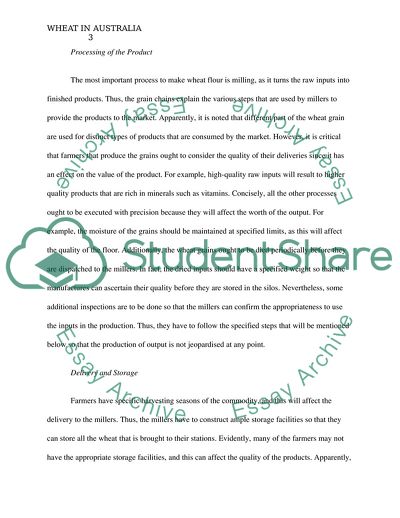Cite this document
(Wheat in Australia Coursework Example | Topics and Well Written Essays - 3000 words, n.d.)
Wheat in Australia Coursework Example | Topics and Well Written Essays - 3000 words. https://studentshare.org/agriculture/1866403-grns403-grains-farming-and-the-industry-systems
Wheat in Australia Coursework Example | Topics and Well Written Essays - 3000 words. https://studentshare.org/agriculture/1866403-grns403-grains-farming-and-the-industry-systems
(Wheat in Australia Coursework Example | Topics and Well Written Essays - 3000 Words)
Wheat in Australia Coursework Example | Topics and Well Written Essays - 3000 Words. https://studentshare.org/agriculture/1866403-grns403-grains-farming-and-the-industry-systems.
Wheat in Australia Coursework Example | Topics and Well Written Essays - 3000 Words. https://studentshare.org/agriculture/1866403-grns403-grains-farming-and-the-industry-systems.
“Wheat in Australia Coursework Example | Topics and Well Written Essays - 3000 Words”. https://studentshare.org/agriculture/1866403-grns403-grains-farming-and-the-industry-systems.


